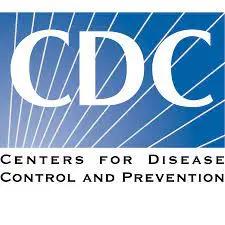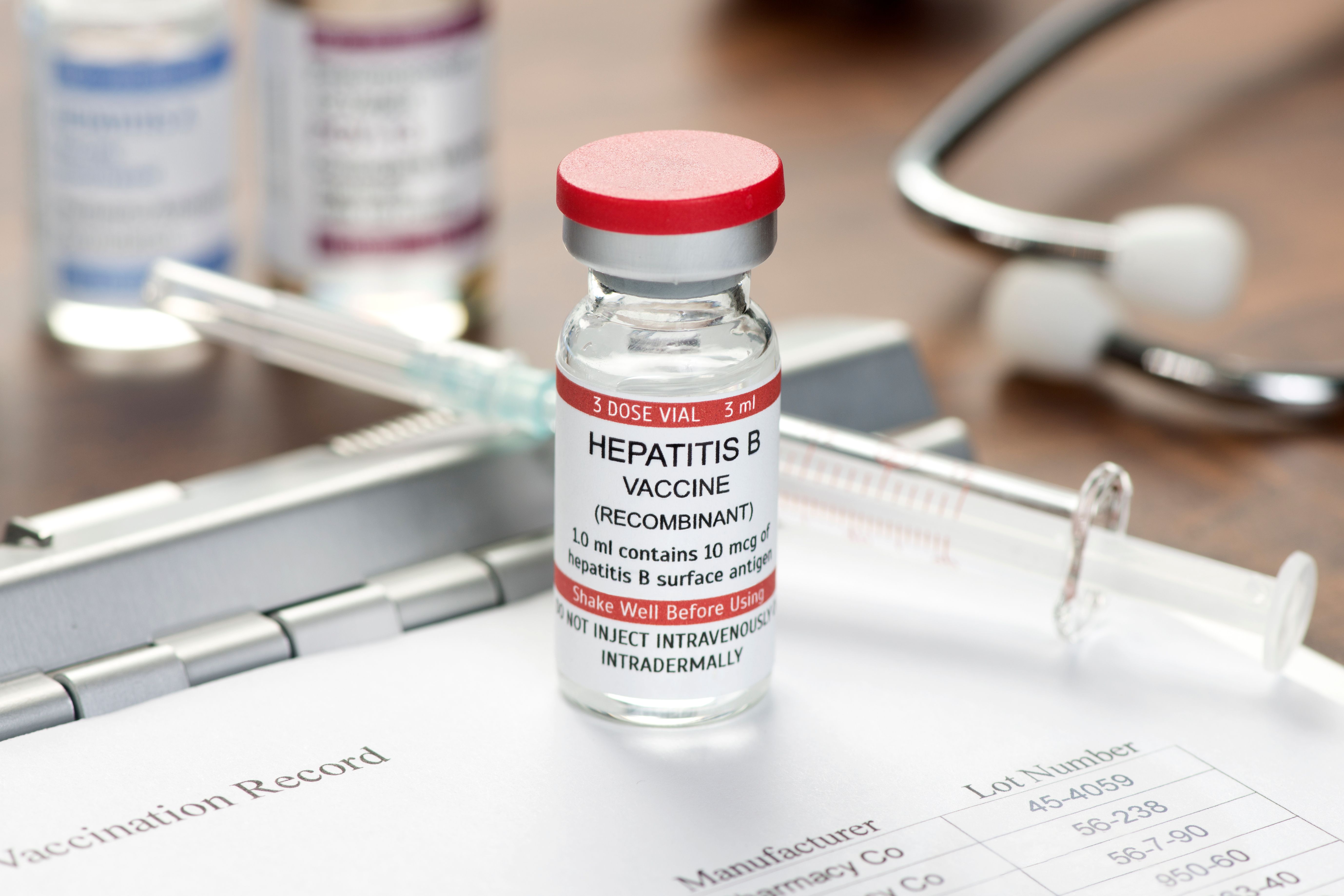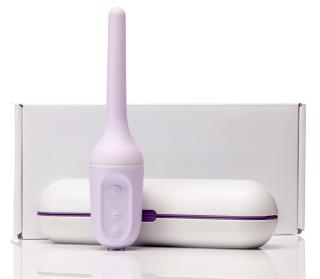
Sexual Health
Latest News
Latest Videos
CME Content
More News

Alyssa Dweck, MD, discusses some recent positive data presented at the 2022 NAMS meeting regarding Clairvee (Bonafide Health) as a potential treatment for vaginal odor.

A survey saw that of teenagers who sought care in the ED and were prescribed outpatient treatment, fewer than half who received an STI diagnosis filled their prescriptions.
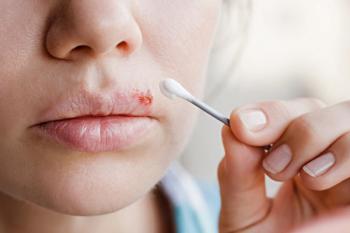
Kenneth J. Tomecki, MD, discussed the clinical relevance of sexually transmitted diseases (STDs) to dermatology and outlined what to look for and how to treat various conditions at the 2022 Fall Clinical Dermatology Conference for PAs & NPs.

“We actually found that treatment with percutaneous tibial nerve stimulation was…a safe and very effective way of improving sexual function,” says Varun R. Talanki, MD.

In this installment of Urology Times' 50th Anniversary Innovation Celebration, Rachel S. Rubin, MD, discusses the evolution in the treatment of female hypoactive sexual desire disorder.

Bassem Maximos, MD, MPH, FACOG, discusses 2 recent studies investigating nonhormomal contraceptive gel Phexxi (Evofem Biosciences) for the potential treatment of UTIs and improvement in sexual satisfaction.

Top takeaways from ISSWSH 2022

The handheld STI testing device makes its way into pediatric urgent care clinics across Alabama, Tennessee, and Louisiana.

Child protective services (CPS) is supposed to protect against maltreatment for adolescents, but do they help protect against negative outcomes linked to sexual health?

In this episode of Pap Talk, Gloria Bachmann, MD, MSc, breaks down what it means to be a health care provider for incarcerated individuals, and explores the specific challenges women and their providers face during and after incarceration. Joined by sexual health expert Michael Krychman, MD, Bachmann also discusses trauma-informed care and how providers can get informed.

At the Society for Maternal-Fetal Medicine’s 42nd Annual Meeting, a roundtable discussion explored ways to promote inclusivity and support transgender and gender-expansive individuals in the women’s health space.

Agile Therapeutics, Inc. recently announced a new alliance with Afaxys Pharma, LLC to promote levonorgestrel and ethinyl estradiol (Twirla) transdermal system.

Many adolescents across the United States lack quality sex education, a trend that has worsened in recent years. Moreover, national statistics mask significant inequities in the receipt of formal sex education by gender, race and ethnicity, sexual orientation, and the location of instruction, according to a study in the Journal of Adolescent Health.

Often based on racial/ethnic, socioeconomic, and age-based assumptions

Consensus group discussion resulted in a shift from results-based to risk-based management for cervical cancer screening.

While it has been nearly 50 years since vaginal dilators were introduced as a therapy to decrease VS, the medical community still knows very little about the potential impact on long term outcomes.
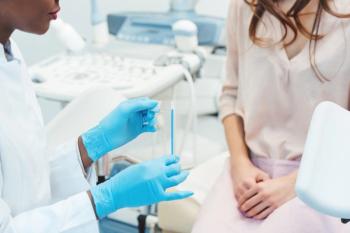
A population-based retrospective cohort study in JAMA Network Open concluded that maternal sexually transmitted infections (STIs) are significantly linked to an increased risk of preterm birth in the United States.
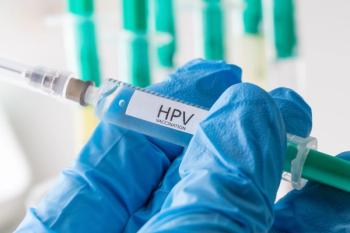
Surviving a bout of cancer early in life puts children and teenagers at risk of cancers linked to human papillomavirus (HPV). A phase 2 trial examined how effective a 3-dose series was in providing protection.

State legislation that allows adolescents to choose to receive the HPV vaccine without parental interference would elevate immunization rates, according to a new study.

Telehealth offers a whole new way to reach out to adolescent patients for critical conversations on sexual health, according to a session at the virtual 2021 American Academy of Pediatrics National Conference & Exhibition.

This episode features Scott Kober, Michael Krychman, MD, and James Keller, MD, as they discuss the changes and paradigms of health care delivery.

A study has found that women with a diagnosis of endometriosis have significantly greater depressive symptomatology, sexual distress, and catastrophizing than age-paired healthy women.

People are being diagnosed with chlamydia and gonorrhea at a higher rate than ever before, according to the Centers for Disease Control and Prevention (CDC).

Hear from Visby’s Chief Medical Officer, Gary Schoolnik, MD, about the Sexual Health Click Test.
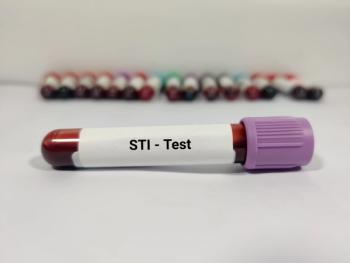
Not only are chlamydia and gonorrhea 2 of the most common sexually transmitted infections (STIs) in the United States, but people are being diagnosed with them at a higher rate than ever before, according to the Centers for Disease Control and Prevention (CDC).

